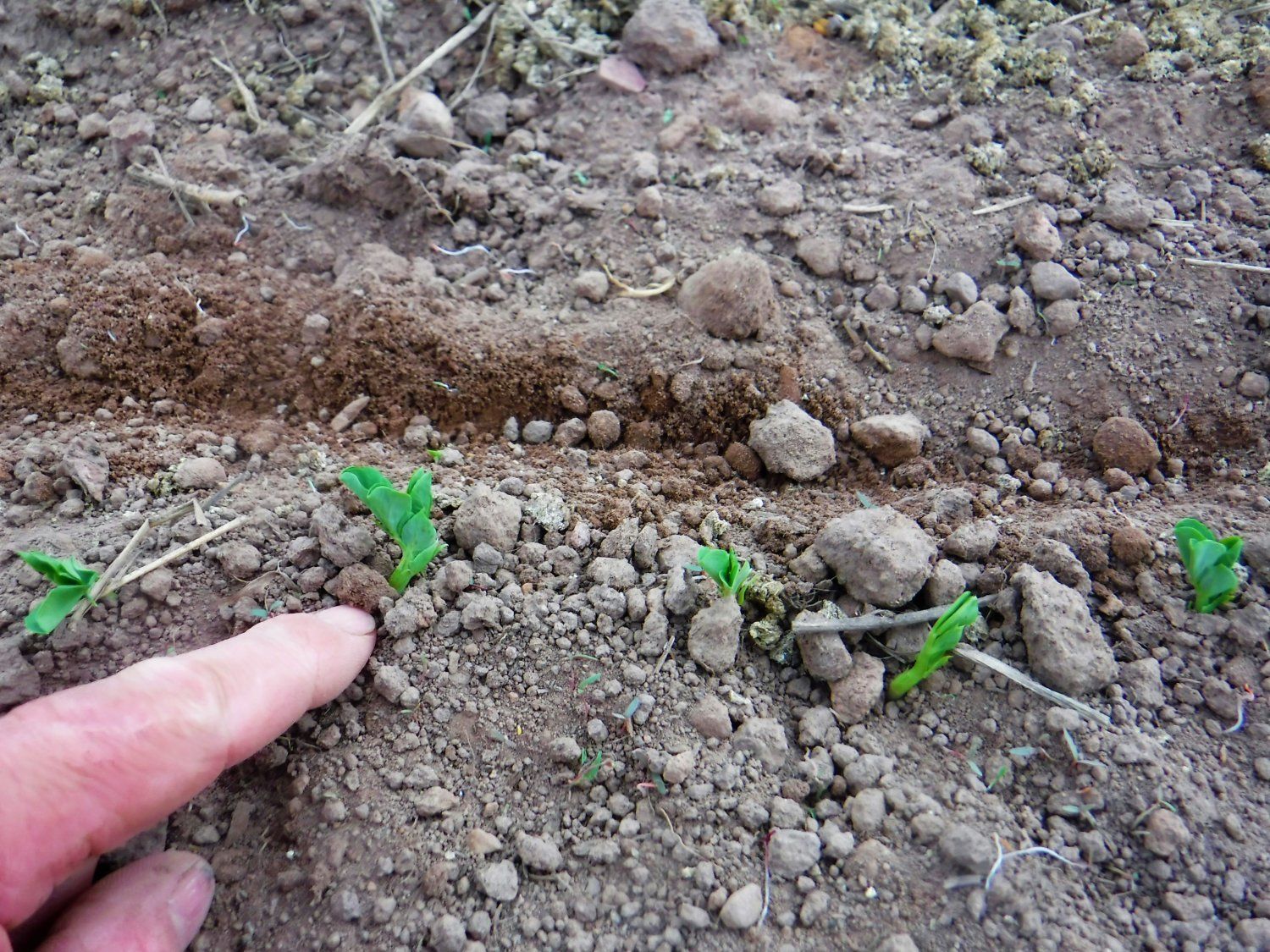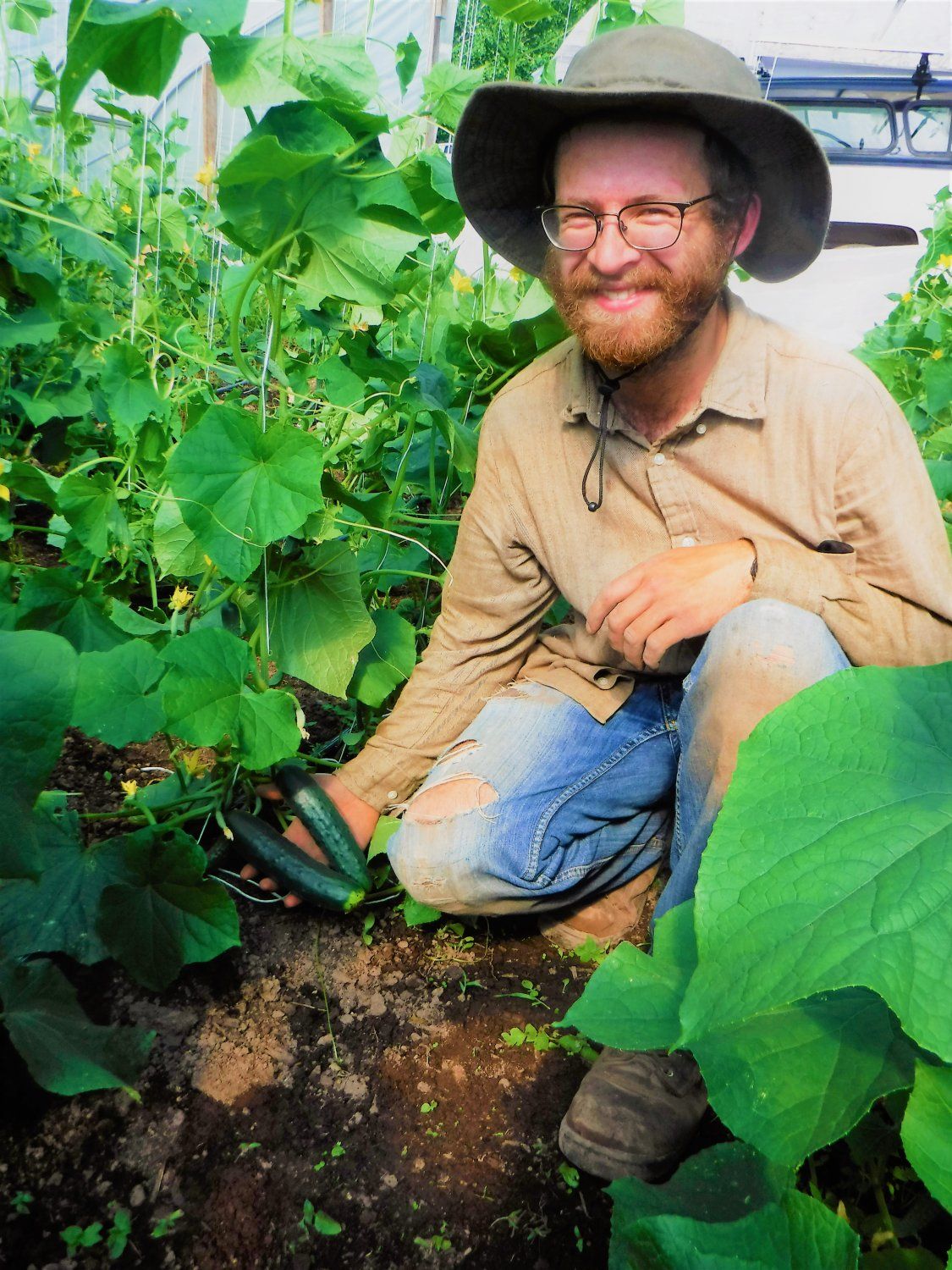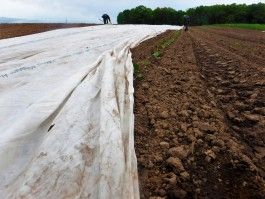Welcome to the first official summer CSA delivery of 2021! Thank you to everyone returning from last year and welcome to all our new members! We hope you enjoy what we have to offer this season.
This year we welcomed four new producers to our cooperative: Boda Bayfield, our newest flower producer; Seasonally Sourced Foods providing wild sourced foods and CBD products; Café Coco with a variety of pre-made meals; and Through Dirt Farm, our newest vegetable producer.
As this is the first week of the year, we have a couple of important announcements and some information for new members from our CSA manager, Karra (who is also a farmer at the Bayfield Apple Company):
1. While our newsletter has been a paper copy in your boxes in the past, we are going fully digital this year and newsletter will be arriving by email and are available on the Bayfieldfoods.org website.
2. We are welcoming Hope Methodist Church back as a drop site this season. If you would like to switch to this drop site you can do so on the Harvie website.
3. If you haven’t logged into your profile yet, please do so here harvie.farm/login (Hint: Your username is your email address you used to sign up and you would’ve set the password on the day you signed up as well!) Once here, you can:
a. Update your contact information
b. Add an additional person to your account
c. Update your credit card on file
d. Check your delivery/pick up dates
e. Update preferences
f. Hold or reschedule your delivery dates
g. Change your delivery/pick up location
h. View charges on your account
4. For every delivery you have, you’ll be receiving two very important emails titled “It’s Time to Customize Your Share” and “Your Farm Share Is On Its Way!”
You'll have from Friday evening until Monday at 11:00 AM to make swaps after which you will not be able to make any changes to your share. If your box looks good you don’t have to do anything.
If you’d like to customize and “Swap” items, click “swap items”
Need help? Visit the Harvie University to view all of our documentation. You can also reach out to us at csamanager@bayfieldfoodproducers.org. If you have any questions or concerns don’t hesitate to reach out to us!
Now, here's what has been happening here at Great Oak Farm (one of your veggie farmers in this cooperative CSA.)
You may have seen the forecast - freeze warnings for Thurs and Friday nights this week.... Farming in the Northwoods is never a dull moment! I don't mind the cold at all, but after having some 80+ degree days and nights in the 60's, I had to break out the long johns and the winter hat late this week. No shame!
We've got floating row cover over our tender winter squash plants outside, as well as our first field planting of green beans. When we started seeding beans and transplanting winter squash this past Monday morning, the 10 day forecast looked like it was staying above freezing for the foreseeable future. But by Monday evening, it was a WHOLE different story... So we hit the brakes on transplanting any more squash, and instead seeded a bunch more squash transplants in the greenhouse juuust in case the ones we planted get zapped by the cold. If the first round of plants make it, great! If not, we'll replant new beans first thing next week, and we have enough replacement winter squash transplants holding in the greenhouse that can hit the field soon to make up any that get frozen or frosted out. We gotta be prepared for just about any kind of spring weather when we're growing food up here.
Meanwhile, our hoophouses full of tomatoes and cukes have portable heaters in them to help keep the cold at bay. Hopefully this is our last bout with cold until the fall, but ya never know.
These cukes are going to be a few weeks yet until they are ready (and I can hardly wait!), but in the mean time we've got loads of great fresh greens here at Great Oak Farm to choose for your boxes for the next few weeks. Can you identify the greens in these pictures?
If you said spinach, you were right! We planted this spinach nearly 2 months ago, and it's finally ready to harvest. Spinach actually prefers this cold weather - too hot and it wants to go to seed. Once it germinated, we left the doors of this high tunnel open day and night to help keep the spinach cooler. When it gets really cold out, the spinach concentrates sugars in the leaves to keep it from freezing, which just makes it taste better when we eat it. Eaten fresh in a salad or lightly steamed with butter and salt, it's dee-lish. California, you got nothin on Northwoods spinach!
Ok, how about this leafy green we are growing with our hoophouse slicer tomatoes (first pic) and this green growing on the outside bed of our cherry tomato hoophouse (second picture)??
Collard greens in the first picture, and swiss chard in the second! I know, I know- tomatoes might be more exciting, but good things come to those who wait. Besides, leafy greens are incredibly healthy, and all of us (this farmer included!) need to eat more leafy greens.
You can also see some beets growing in between the tomato plants in the first picture that we'll be harvesting for green top beets in your CSA boxes over the next few weeks. Remember if you get the beets, don't throw out the tops! Use the tops like you would any other hardy green such as swiss chard or collard greens. My favorite way to prepare them is to chop them up and sautee lightly in a little butter and salt until they wilt. Adding bacon is a bonus, but not required.
Despite the cool weather, we're still keeping the tractor running as much as we can. Preparing new fields for more sweet corn, green beans, carrots, and such, as well as cultivating our early plantings of sweet corn, onions, and broccoli/cabbage/brussels sprouts.
We use a variety of tools behind the tractor to control weeds organically, but the first one we usually reach for is this tine weeder. Rows of spring tines beneath the frame chatter along the soil, and the trick is to adjust it so the tines are aggressive enough to tear out the tiny weeds that are just germinating, but not so aggressive that they damage the crop. Set too deep, they will tear out the crop just as fast as they will tear out the weeds!
Here's a picture of the tines running over our first planting of sweet corn, which is about 1-2" tall. If driving that cultivator over tiny crops like this new sweet corn doesn't make you nervous, nothing will :) Can you spot the sweet corn in the picture below?
It works particularly well in beds of broccoli and cabbage transplants, like the ones you can see in the picture above. Once the plants have gotten their feet in the ground so to speak, the tines just pass right over them, and do a pretty good job of keeping the weeds under control. Next week, we'll follow up with a different tool on one of our little old cultivating tractors to help clean up any weeds that our tine weeder missed. Keeping weeds down helps the crop to not only grow bigger faster from less competition, but keeps the beds from getting choked up with unwanted plants that restrict air flow and contribute to disease pressure. As organic farmers, we have limited tools to control disease, so we work to use management practices like good weed control to prevent disease in the first place. That "ounce of prevention worth a pound of cure" philosophy is spot on.
Here's a link to a video on the Great Oak Farm facebook page of our tine weeder in action if you'd like to see how it works! https://www.facebook.com/GreatOakFarm/videos/318411996517174
That's it from us this week - I'll leave you with a recipe for some tasty kale salad from Farmer Brian at Northcroft Farm:
Kale Salad
· 1 batch roasted chick peas
· 1 bunch kale, stems removed, leaves chopped
· 1 teaspoon lemon juice
· ½ teaspoon olive oil
· 1 small carrot, grated
· 1 small red beet, grated
· 2 radishes, very thinly sliced
· 1 avocado, cubed
· 2 tablespoons dried cranberries
· 1 teaspoon sesame seeds
· Salt and black pepper
1. Roast the chickpeas: Preheat the oven to 400°F and line a large baking sheet with parchment paper. Toss the chickpeas with a drizzle of olive oil and sprinkle with pinches of salt and pepper. Roast for 25 to minutes, or until the chickpeas are browned and crisp. Set the roasted chickpeas aside.
2. Place the kale leaves into a large bowl and drizzle with the lemon juice, ½ teaspoon of olive oil, and a few pinches of salt. Use your hands to massage the leaves until they become soft and wilted and reduce in the bowl by about half.
3. Add the carrot, beet, radish, half of the cubed avocado, cranberries, a few more good pinches of salt and a few grinds of pepper, and toss. Top with the remaining avocado, and the roasted chickpeas and sprinkle with the sesame seeds. Season to taste and serve.
Thanks so very much for making us YOUR farmers! Here's to a wonderful growing and eating season ahead!
In community,
Farmer Chris
Great Oak Farm

.JPG)
.JPG)
.JPG)
.JPG)
.JPG)


.JPG)



